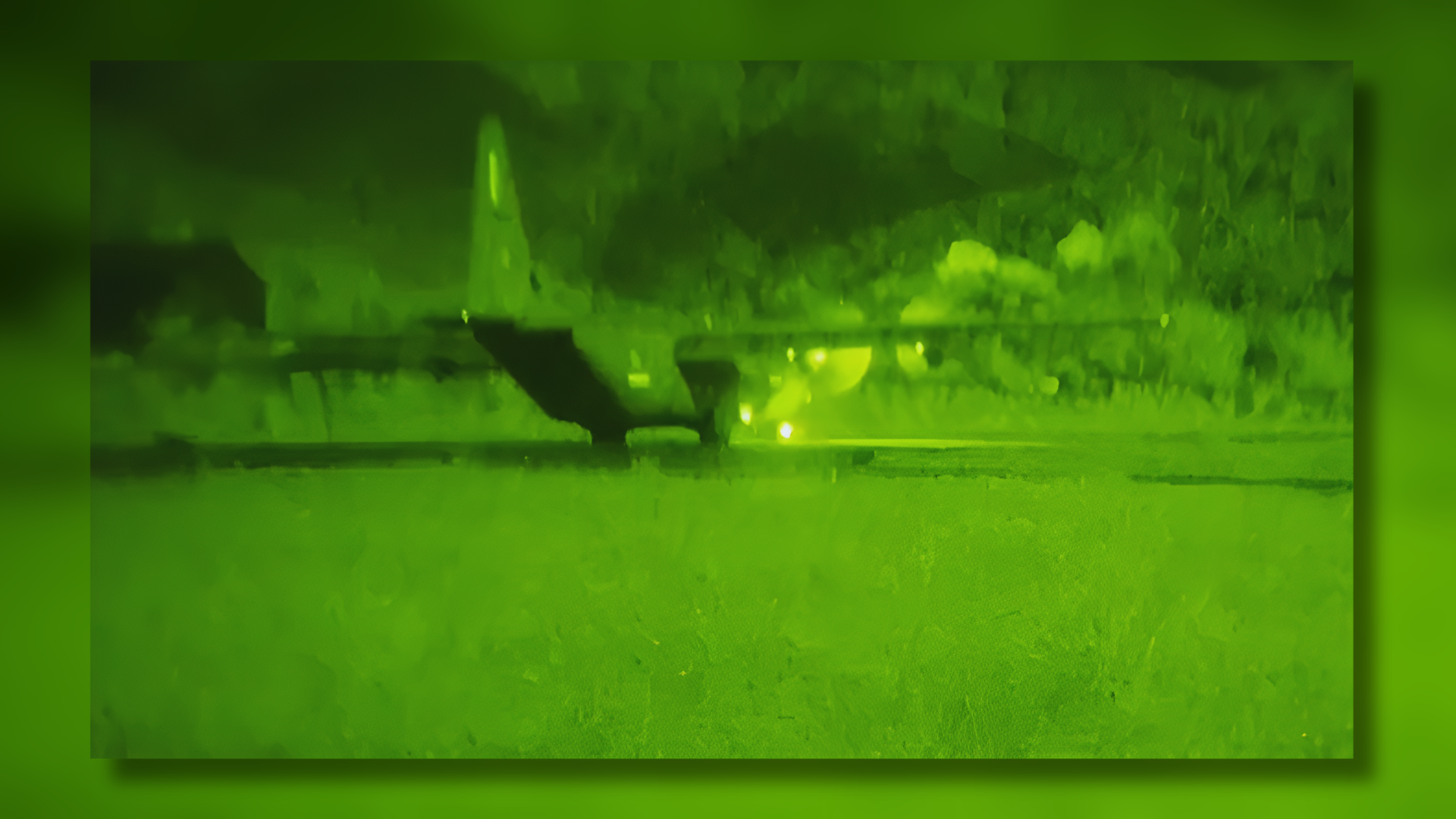Advanced Landing Grounds (ALGs) are integral to the IAF’s ability to swiftly respond to emergencies in remote regions. By conducting such landings, the IAF demonstrates its commitment to maintaining a heightened state of preparedness across all operational domains, as reported by the newspaper.
Experts emphasize that the significance of night vision goggles (NVGs) in contemporary warfare cannot be overstated. According to the website SP’s Land Forces, soldiers, when asked about their requirements by a senior NATO officer visiting Afghanistan, expressed the need for “more NVGs (Night Vision Goggles) Sir.”
READ MORE : IndiGo Records Strong Profits, Unveils Customized Business Class For India’s Top Routes
“NVG is a post World War II development. It is no longer a luxury item for the modern soldiers but vital equipment, which may determine their survival in war zones. NVG’s have the unprecedented features of being easy to deploy and to maintain, of providing a unique identification performance by night and to be relatively cheap but very rugged, unlike any other opto-electronic devices. Thus the US army is leading the way of all NATO countries by massively equipping all of their troops with at least one NV device per soldier,” the piece noted.
The significance of NVGs becomes even more pronounced in India, where terrorist attacks have highlighted the vulnerability of the country’s armed and security forces during nighttime operations. Earlier in January, the IAF accomplished a successful night-landing of a C-130J Super Hercules transport aircraft at the Kargil airstrip.
“In a first, an IAF C-130 J aircraft recently carried out a night landing at the Kargil airstrip,” the IAF wrote on X.
The night landing of the aircraft was executed with the elite Garud commandos on board, showcasing the IAF’s operational prowess in the strategically significant sector, according to sources familiar with the matter speaking to PTI at the time.
The Times of India quoted an IAF officer as saying, “This is the first time a fixed-wing aircraft has landed at the Kargil airstrip at night. The C-130J, which employed terrain masking en route, landed with the help of onboard avionics and night-vision devices.”
Located south of the Line of Actual Control (LAC) and nestled at an altitude of 9,700 feet, the Kargil advanced landing ground holds immense strategic significance. Positioned between Dras to the west and Batalik to the east, according to NDTV, it endured significant devastation during the 1999 Kargil conflict. Pakistani forces infiltrated the Line of Control (LOC) during this conflict and seized a vantage point overlooking the Srinagar-Leh highway. As a result, the airstrip was subjected to damage from artillery bombardment by hostile troops.
During that landing, the IAF employed a tactic called Terrain Masking, utilized by pilots to evade detection by enemy radar, effectively concealing their maneuvers. These successive landings underscore the IAF’s commitment to enhancing its capabilities, continually bolstering its operational range, and fortifying its defense readiness.
ALSO READ : When Will Mammootty’s Turbo Release On OTT? Here’s All You Need To Know

